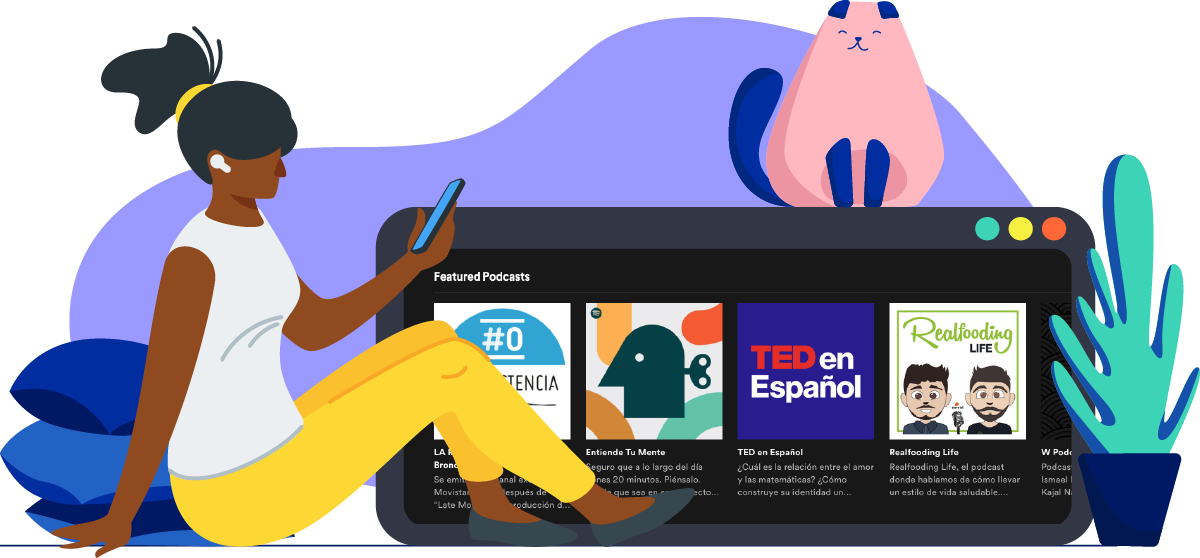
I am sure you know why. Because podcasts are simply amazing, right? They are such a nice thing to enjoy! You can go for a run and listen to your podcast. You feel bored and lonely at home, but, hey, it doesn’t matter, because there is a super interesting episode of your don’t-get-bored-everything-is-fine-podcast, that will definitely entertain you. We all DO this. So we all love podcasts and publishers know it. Could this be the reason why publishers are amplifying their podcast libraries perhaps?
Revenue and audience diversity
Before the current crisis, many publishers were struggling to keep their businesses profitable. Among the many layoffs and the general feeling of pessimism in the media industry, there was something that seemed to be working really well. Podcasts. Yes. People were maybe tired of reading the news, but they were definitely happy to listening to interesting stories or debates. It’s easier and compatible with many other activities.
Even big newspapers were launching their own productions. Not only because it was trendy, but also, because it was a way to diversify their revenue sources. And now, spending so much time at home, we have discovered that we still need to read a good newspaper, but it does not mean that we quit our favorite podcast, right?
Monetizing podcast libraries, ads and data
In terms of variety, podcasts mean many different things. New products usually attract new audiences, that can be segmented and analized to improve the product itself and for advertising purposes too.
Spotify is one of the most important music streaming platforms and yet, they are investing more and more money and resources in their podcast library. Why? Because they have found out, that podcasts attract a new audience. People who might not use the platform to listening to music, but who are happy to browse through their podcast libraries.
Also, podcasts are incredibly flexible. During these months of lockdown, podcast became something different for many people too. The option of listening to the latest episode while commuting to work was not available anymore. Instead, there were soooo many things to do at home! And podcast have been introducing us all to a whole new world of things we didn’t know how to do. Or simply we didn’t know about. So variety applies to audience, but also, to topics.
Clearly, that all means NEW DATA. And new data means… ADS. Spotify is in fact working on improving their SAI (streaming ad insertion) to provide advertisers and creators with more info about their audience. Also, publishers are selling podcast ads in their sponsorship packages.
Amplifying content across platforms and formats

A very clever way to increase reach, right? Reworking the information from e.g. an article will not only allow journalists, content creators and publishers in general to address topics from a different angle. Also, it will attract more people interested in that specific information. Maybe not everyone wants to read an article explaining everything, but they are eager to listening to relevant people sharing their opinions about it.
Working on other formats necessarily implies to adapt or enrich the content and this often leads to a more interesting production. Also, it is an extraordinary way to get ideas flowing, create opportunities and increase the chances for our business to keep scaling. Not to mention the fact, that producing a podcast is a very good way for many publishers to increase their digital presence and therefore, the traffic volume towards all their media.
What do podcasts provide to publishers?
By incorporating podcasts as part of their many formats, publishers can diversify their revenue and their audience.
How can publishers monetize podcasts libraries?
The best way to monetize their podcasts is with, of course, advertising! Podcasts can attract new audiences and that means more advertising opportunities.